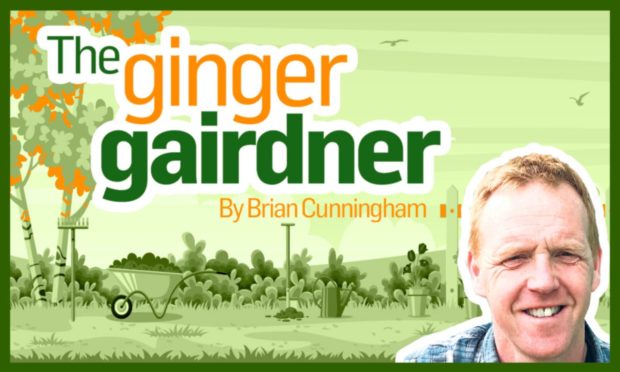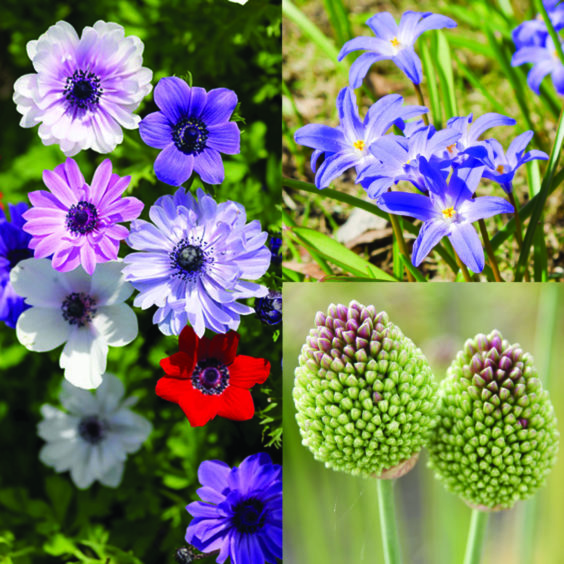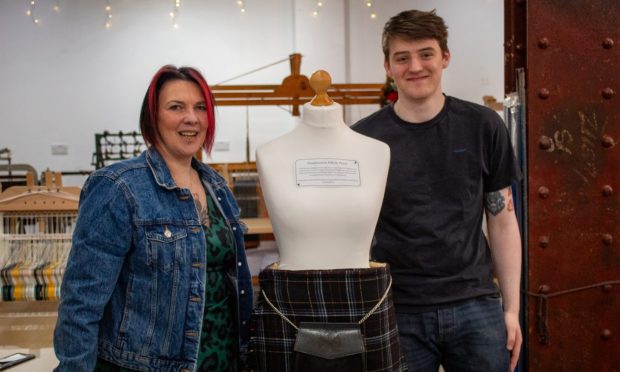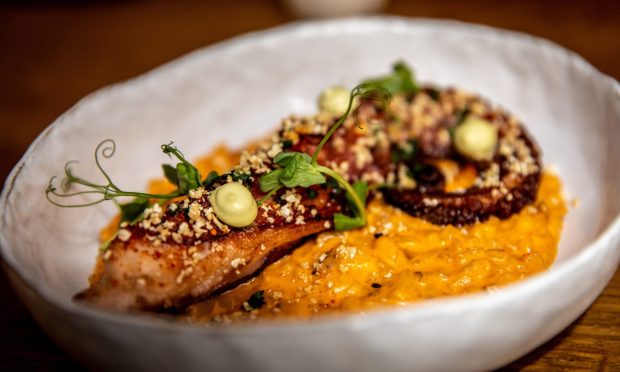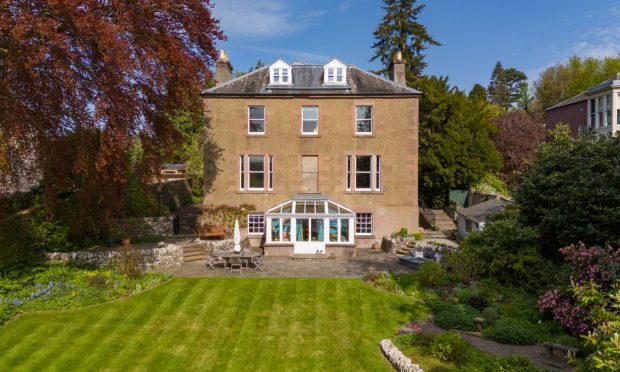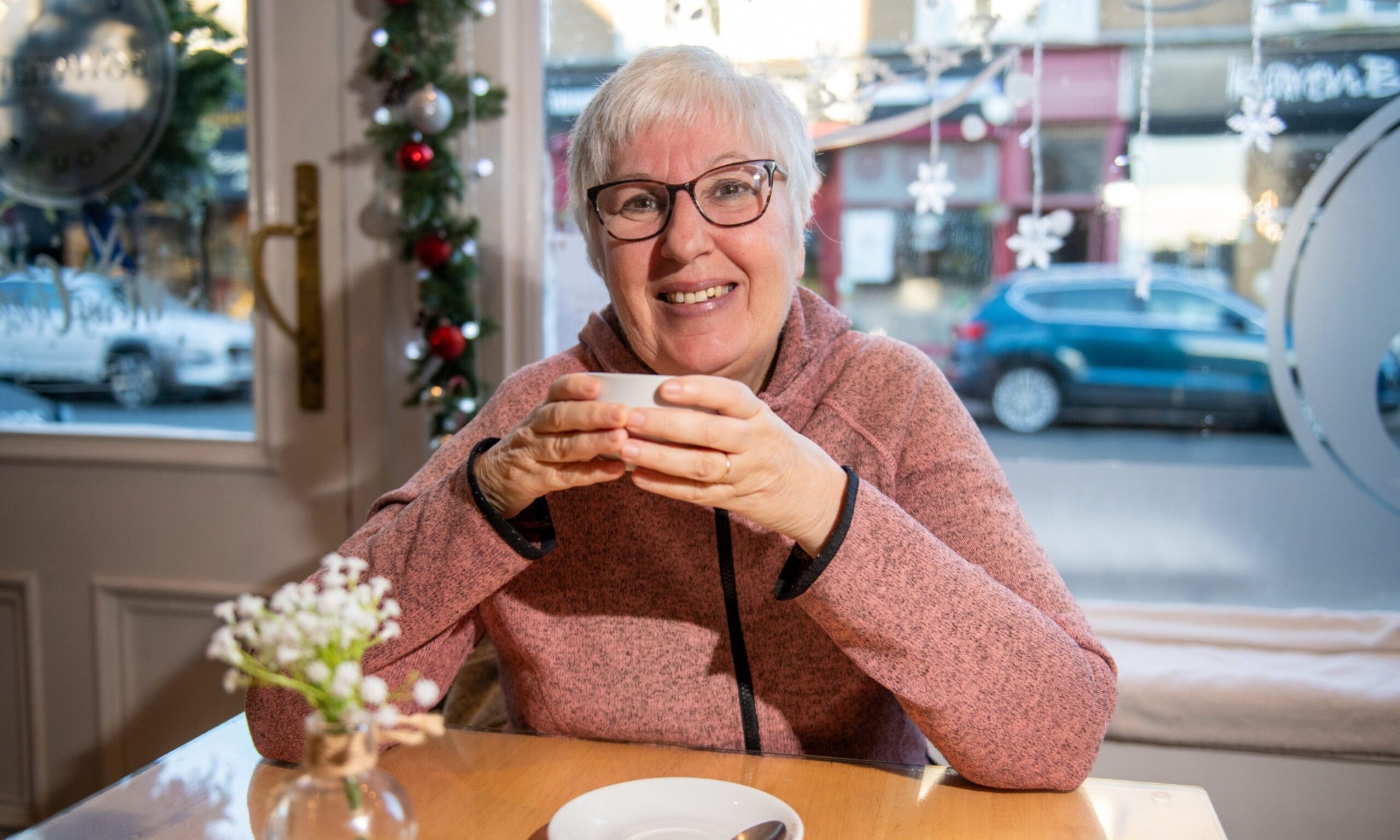I don’t know about you, but it doesn’t feel enough like autumn yet for me to be thinking about planting bulbs.
No matter how I’m feeling, though, I must get a move on and visit the garden centres. I need to go through the bulb catalogues I’ve got before all the good ones are snapped up for the year and I end up missing out.
I must admit in my early years of gardening, I didn’t really give bulbs the full attention they deserved, only growing the familiar daffodils, tulips and crocus.
Understanding bulbs
It wasn’t until I started working in botanical gardens, and through my membership of the Scottish Rock Garden Club, that my eyes really were widened to the world of bulbs.
Bulbs for a spring flowering display are planted in the early autumn months of September to November the previous year. We need to consider the conditions in which these bulbs grow in their natural habitats in order to understand why that is.
After lying dormant and enjoying the dry conditions of sunny mountainsides in the likes of the Mediterranean and Asia, the bulbs of species such as tulips, Iris and Fritillaria burst back to life with the arrival of the autumn rains.
Versatility
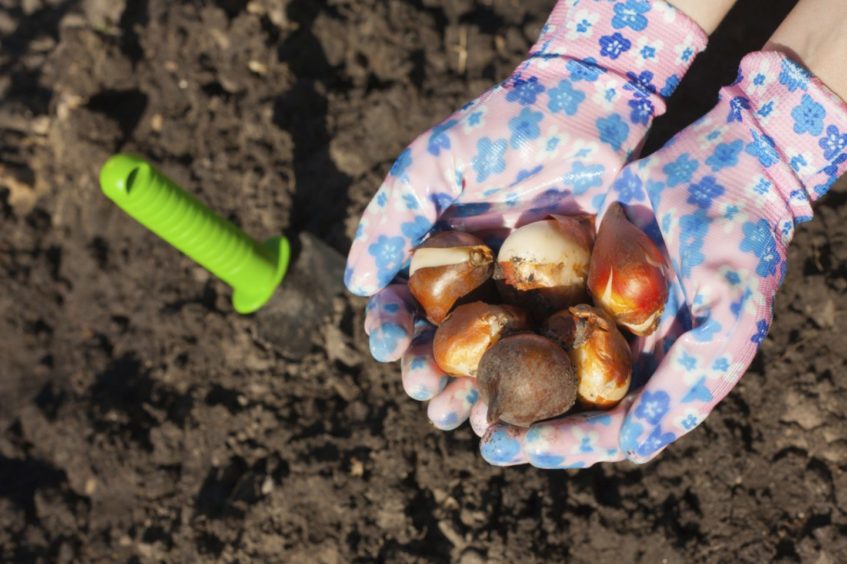
The first we see of them above ground is when their green shoot tips start to emerge, but already there had been weeks of activity happening underground with the production of root growth.
I still get the fright of my life when I see snowdrops starting to come through the ground at the start of December, thinking it far too early. Thankfully in most winters they manage to hold off flowering until February, which is when I expect to see them heralding the start of the new year’s floral show in the garden.
Flowering bulbs are great for the garden as you can use them in so many situations. The most straightforward is in beds and borders – a favourite spot of bulb planting for me is the vacant space under the canopy of deciduous shrubs.
Utilising the lawn
It can get quite congested in mixed borders of shrubs and herbaceous perennials, so this gives any bulb plantings the freedom to do their thing before the foliage of the larger plant above emerges in spring, without interfering with any of the summer plants.
One place where there are no such issues is when we encourage bulbs to naturalise in lawns. Lawns in the garden are functional spaces for us required for sports, kids’ play and for hanging out the washing.
Lawns can also take up the biggest amount of our garden space so I like how there are little tricks we can use to brighten them up.
Choosing a spot
Choose a location in your lawn to dedicate to a spring display, such as an out-of-the-way spot at the bottom of your garden and also under trees. You can also be brave and choose a prime site – heck, why not!
Wherever you chose, it does need to be a spot that isn’t going to be required as a useable lawn space again until at least mid-June. A bulb needs a good six weeks after the plant has finished flowering to build up enough reserves for flowering again the following year.
It’s important not to remove or even tie up bulb foliage as it dies down – a practice often carried out on daffodils. It is best not to hamper the natural process.
Using containers
There’s no doubt that containers full of colourful spring bulbs are one of the best ways to brighten up our gardens as we emerge from the dark days of winter.
Using another neat little gardening trick means we aren’t just limited to single plant displays in containers. By planting layers of different bulbs we can maximise the space over the course of a couple of months.
When growing in containers, cover the drainage holes with a layer of gravel or broken pots so the compost you use doesn’t wash through the holes. So that the excess water that no doubt will accompany winter can drain through, I like to sit my pots on top of little feet you can get for them.
Layering up
Plant the largest and last to flower bulbs the deepest, with the earliest and first to flower above them, following the packet instructions. Use layers of compost around 10cm/ 3in thick on the bottom and top, with around half this depth required for the middle layer, creating a bulb lasagne.
To finish I like to top dress the container with a golden gravel for a touch of brightness before the flowering display begins.
In order of earliest flowering, to latest, some of the bulbs suited for growing in containers include snowdrops, crocus, Iris reticulata cultivars, Anemones, Hyacinths, daffodils and tulips.
If looking to plant some tulips out in your garden, hold off until November when the soil is that little bit colder. This helps reduce the risk of them being infected from tulip fire disease, which spoils their display by giving the appearance they have been scorched by fire.
I don’t like wishing my life away but already I’m looking forward to spring!
